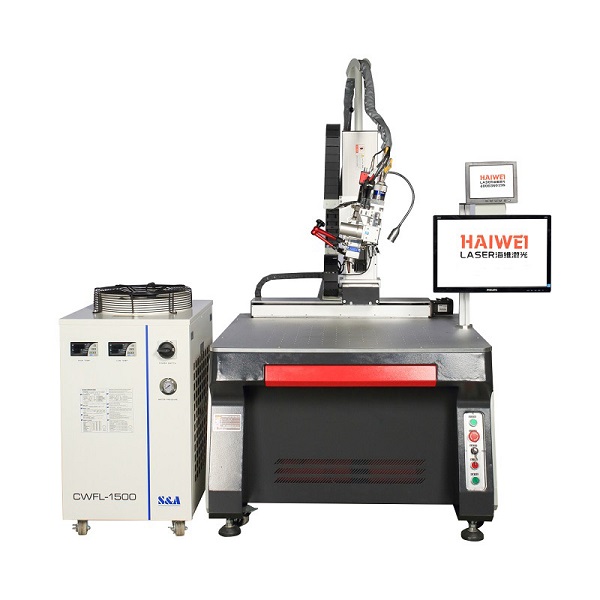Laser Welding Machine: Efficient Welding of Automotive Exhaust Pipes
In modern automotive manufacturing, the laser welding machine has become a preferred solution for joining automotive exhaust pipes. As emission standards tighten and production volumes increase, manufacturers need reliable, repeatable welding processes that support both quality and throughput.

Why Laser Welding Fits Exhaust Pipe Production
Exhaust systems are typically made from stainless steel or aluminized carbon steel—materials well-suited for laser processing. The focused beam of a laser welding machine delivers deep penetration with narrow weld seams, minimizing distortion on thin-walled tubing. This precision helps maintain dimensional accuracy, which is critical for proper fitment in tight engine compartments.
Consistency Across Long Production Runs
One major advantage is process stability. Once parameters are set for a specific pipe diameter and wall thickness, the system can reproduce the same high-quality weld thousands of times with minimal variation. This reduces the need for post-weld rework and supports just-in-time production schedules.
Integration with Automation and Fixturing
Most laser welding setups for automotive exhaust pipes use rotary positioners or robotic arms to rotate the pipe under a fixed beam. This allows for continuous, helical, or circumferential welds with consistent bead geometry. Integrated seam tracking sensors compensate for minor part misalignment, improving first-pass yield.
Material and Joint Preparation Considerations
Proper edge preparation and fit-up are essential. Unlike traditional MIG welding, laser processes have limited gap tolerance—typically under 0.2 mm. Automated cutting and bending systems upstream help ensure consistent part geometry, which directly impacts weld quality.
Long-Term Cost and Maintenance
While the initial investment is higher than conventional methods, laser welding machines offer lower operating costs over time. There are no consumable electrodes, and energy efficiency continues to improve with modern fiber laser sources.
For suppliers of automotive exhaust systems, adopting laser welding technology means better control, higher repeatability, and stronger, lighter joints—key factors in meeting both performance and production demands. Companies like Haiwei Laser provide robust systems, application-specific support, and responsive service to ensure reliable long-term operation.
Recent Posts
- What are the advantages of laser welding machines in lithium battery pack production lines?
- What issues should be noted when choosing a lithium battery pack production line?
- Quality Inspection and Control of Lithium Battery Module Pack Production Line
- Cell grouping and sorting process in lithium battery module pack production line
- What are the safety hazards of lithium battery pack production lines and how can they be prevented?
INQUIRY

